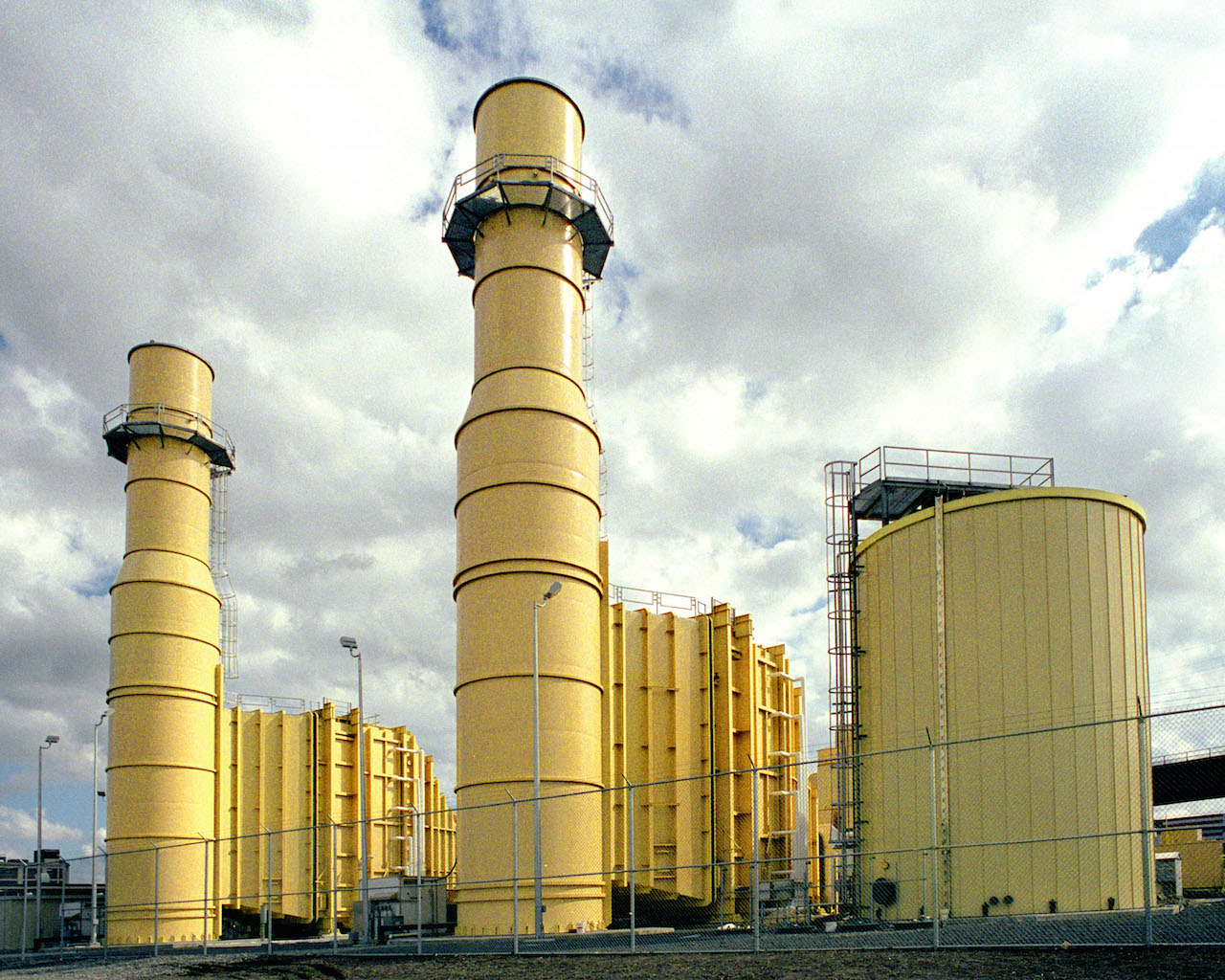
Port Morris facility’s closure would help clean the air, advocates say
Environmental activists are trying to stop a Port Morris power plant from obtaining a renewal for its permit to operate, arguing that the company’s emissions violate state standards and contribute to the area’s famously poor air quality.
The state’s Department of Environmental Conservation is reviewing the New York Power Authority’s application for a permit to continue operating from its 132nd Street location on the Harlem River Yard, where it has been since 2001.
“The plant was supposed to be a temporary facility, but it has continued getting its permit renewed,” said Mychal Johnson, co-founder of the volunteer organization South Bronx Unite.
But the Power Authority contends opponents are misinterpreting data to make its emissions appear worse than they are. In a written statement, the Authority said it is in compliance with environmental requirements, insisting that the state regularly monitors its nitrogen and carbon monoxide emissions.
Authority representatives say the plant plays a critical role in the city’s power supply, operating only when the city’s demand for electricity is highest and saving tens-of-millions of dollars in energy bills annually.
A spokesman for the Authority rejected South Bronx Unite’s claims that the plant was forced to shut down three times in 2014 because of emissions violations or spills, arguing that the incidents occurred while the plant was starting up or shutting down, when regular emissions caps don’t apply and that the violations were minimal. He said the plant plays a crucial role in the city’s energy supply chain by responding to peak-energy demands during hot and cold weather, and during environmental crises such as Hurricane Sandy.
The Department of Environmental Conservation did not immediately respond to requests for comment.
The advocates argue a new diesel generator will contribute to the plant’s emissions violations, but the company spokesman downplayed those concerns. “Diesel is not clean and in a perfect world they wouldn’t be used,” he countered, adding that the generator is used as a backup source in emergencies.
Elected officials have sided with the advocates, submitting letters urging the DEC to extend the public comment period from the original September 4 deadline. As a result of that pressure, the public comment period was extended, and remained open as of the end of September.
State Senator José Serrano, who has commissioned air quality studies in the South Bronx, has urged the agency to conduct a public hearing, provide the public with more information about its environmental impacts and add more public engagement to its permit renewal process.
City Council speaker Melissa Mark-Viverito and Councilwoman Maria Carmen Del Arroyo, in a joint letter to the DEC, argued that they have seen no evidence supporting the Authority’s claim that closing the plant would cause the price of energy to rise or the city’s electricity supply to suffer.
Energy policy analyst Charles Komanoff, who has been studying environmental pollution associated with the U.S. electric power industry for over four decades, asked the DEC, in a Sept. 18 email, to conduct an environmental impact study on the plant and convene a public meeting on its findings, then decommission the plant.
“The South Bronx, particularly the Port Morris and Mott Haven neighborhoods, along with nearby East Harlem, are saddled with some of the worst air pollution and the least available open space and parkland of any communities in New York City,” Komanoff wrote.
Noting that the plant’s consumer demand is highest in summertime, he contended that solar paneling on apartments, commercial buildings and industrial facilities in the Bronx and surrounding counties would compensate for whatever power loss the plant’s closure would create.

